Rembrandt Harmenszoon van Rijn: The Master of Light and Shadow
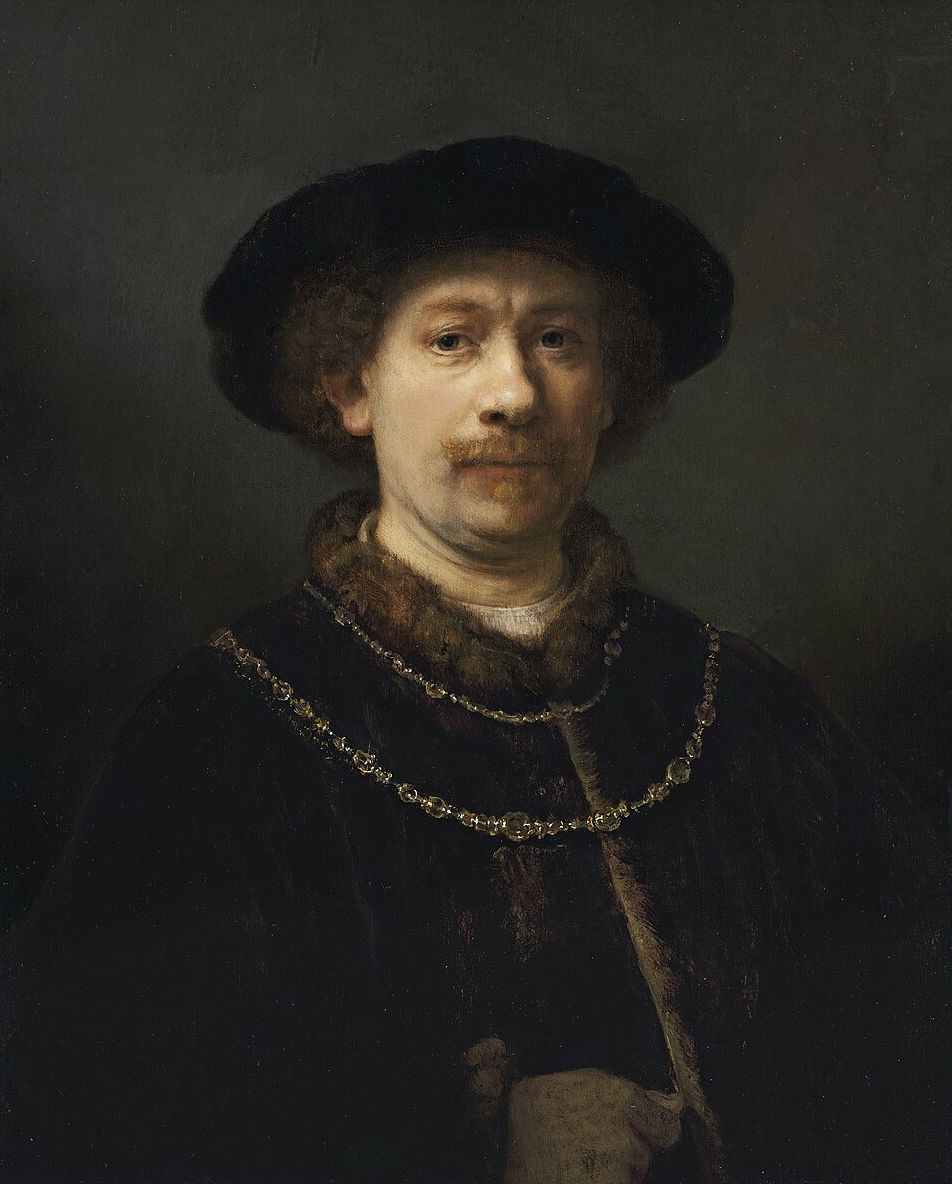
Among the pantheon of great artists, few have achieved the undeniable status of Rembrandt Harmenszoon van Rijn, recognized universally as one of history’s most skilled painters and printmakers. Born on July 15, 1606, in Leiden, Netherlands, Rembrandt's legacy transcends his Dutch Golden Age roots to influence and inspire generations of artists and art-lovers around the world.

Youth and Artistic Development
Rembrandt was the ninth child born to a well-off family, which afforded him a good education and the opportunity to pursue artistic training. He began his studies with a local master, Jacob van Swanenburgh, followed by a brief apprenticeship with Pieter Lastman in Amsterdam, who introduced him to narrative painting, a theme prevalent throughout Rembrandt's works.
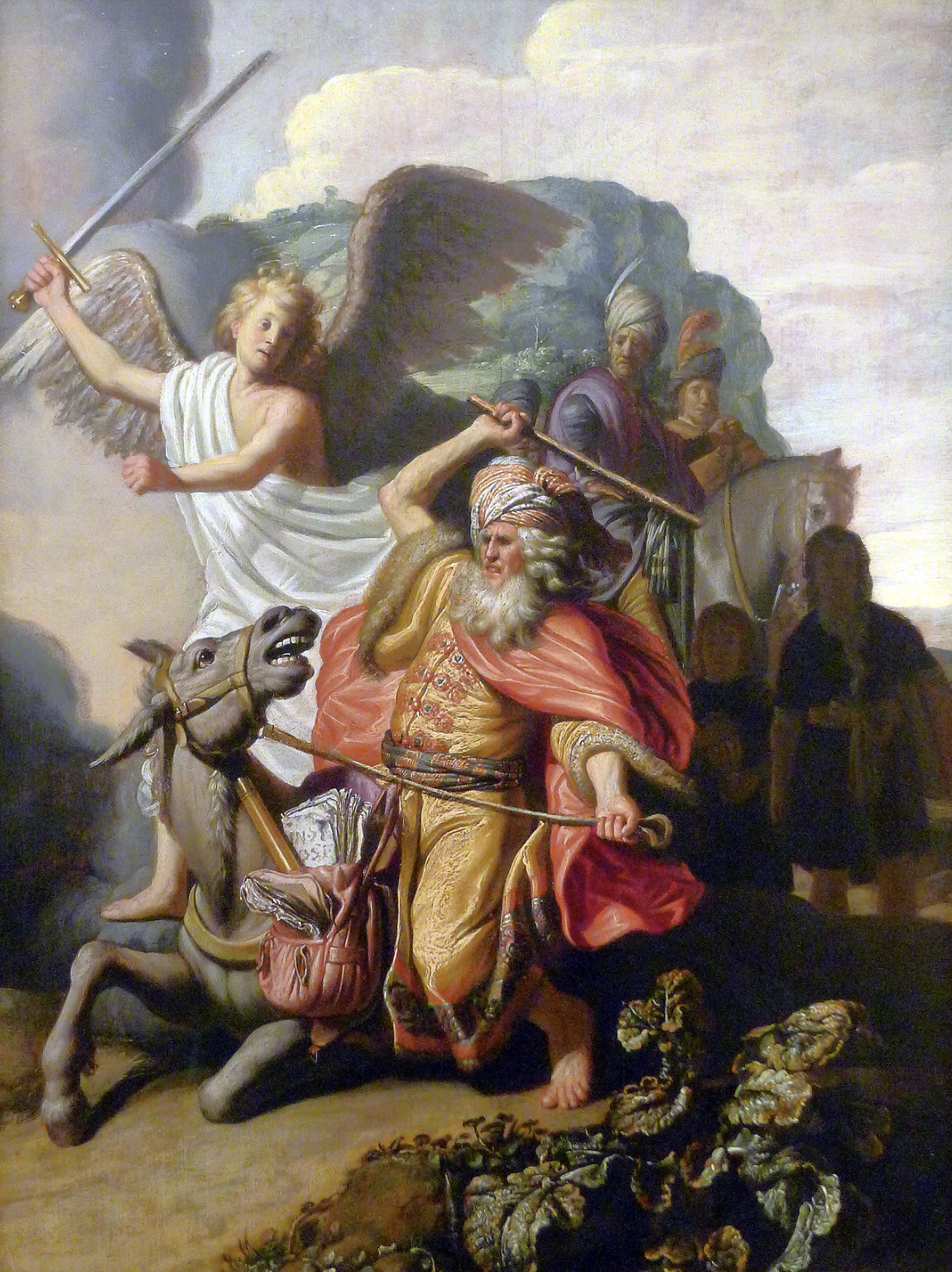
By his early twenties, Rembrandt had opened his studio and began teaching while crafting his art. His deft combination of realism, emotion, and narrative would become a signature characteristic of his oeuvre.
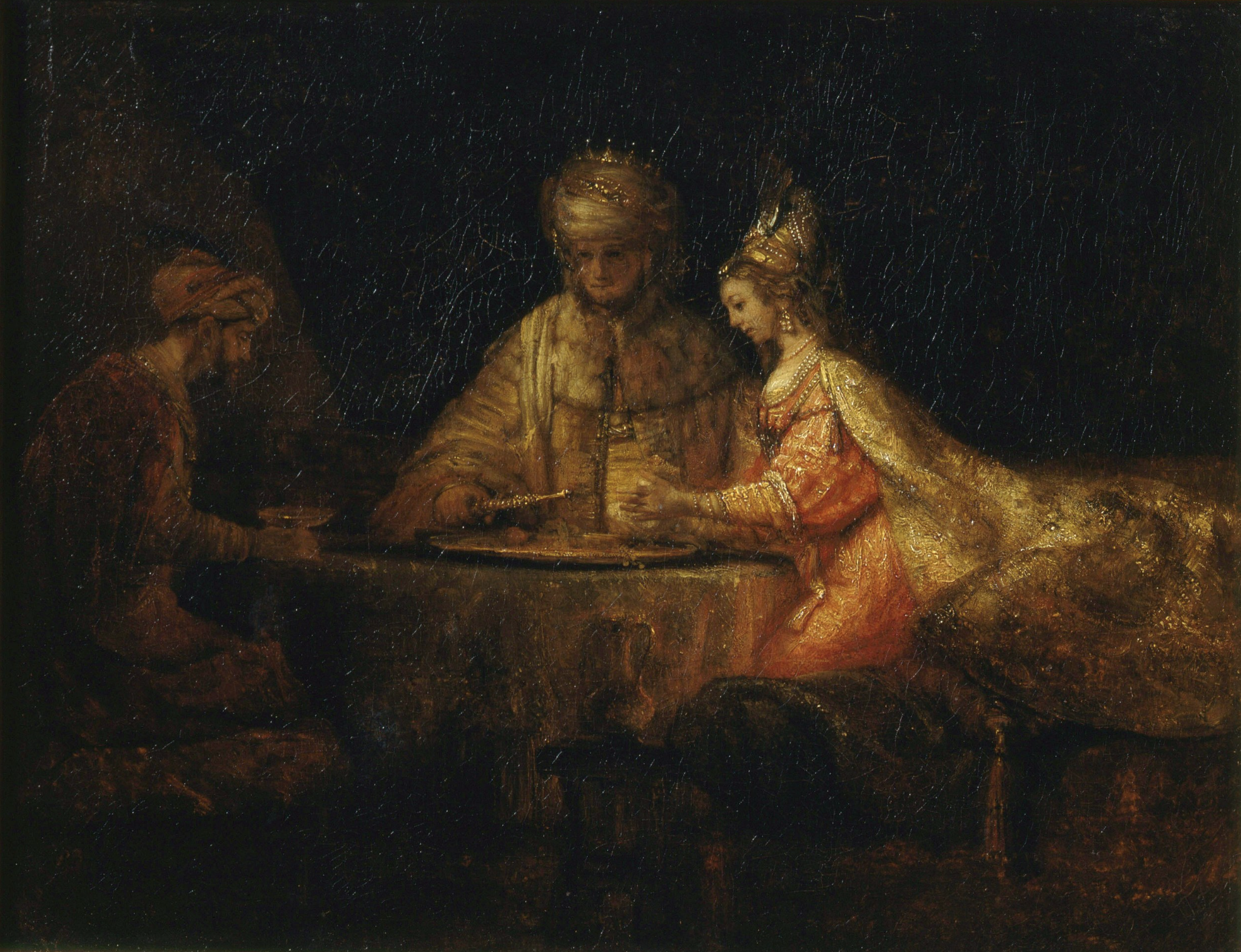
Mastery of Technique
Rembrandt is often hailed for his mastery in handling light and shadow, known as chiaroscuro, to create depth and emotion in his paintings. This technique became a signature of his style, impacting the portrayal of texture, space, and form. He was also known for his innovative etchings and printmaking, which helped disseminate his fame during his lifetime.
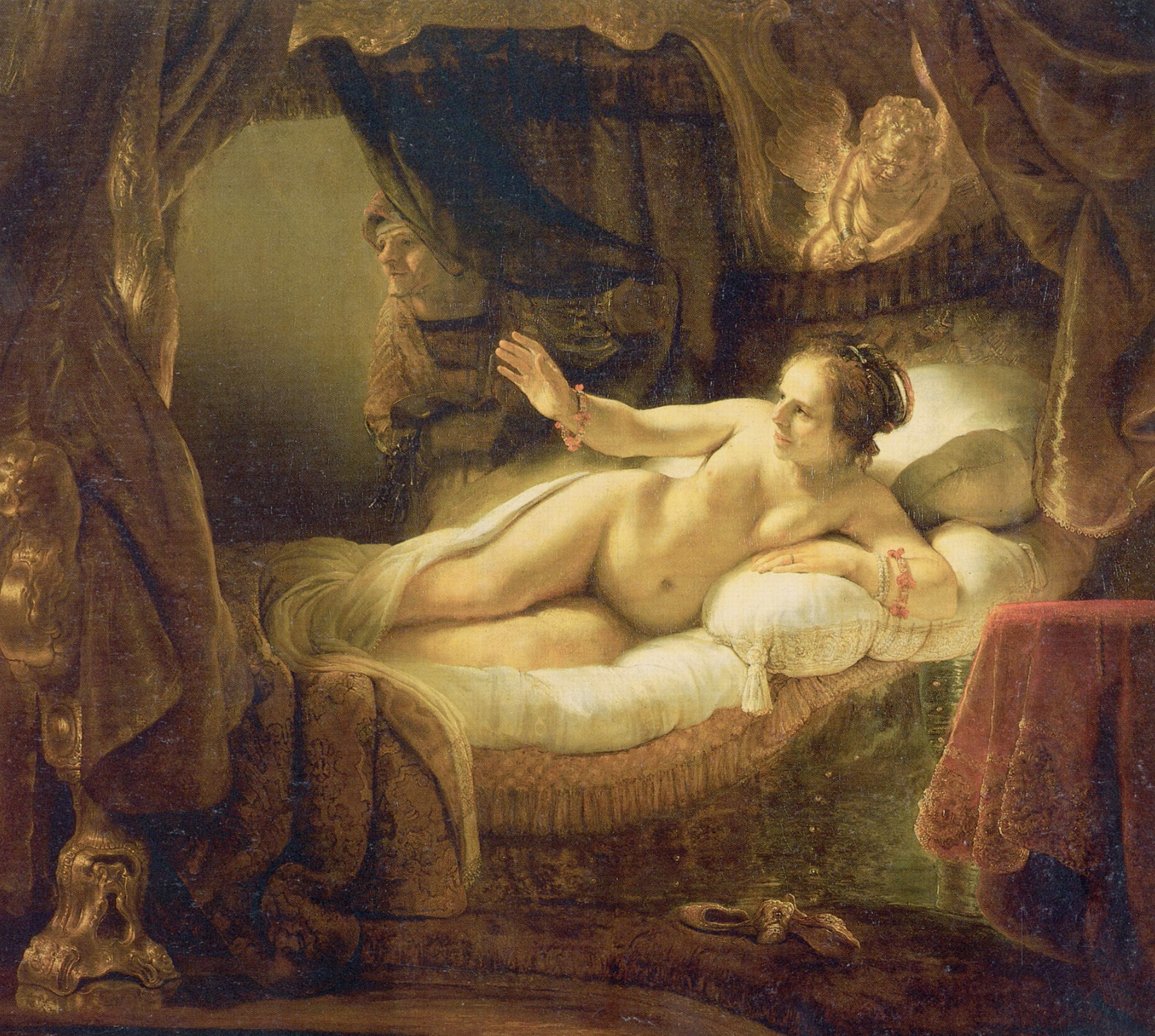
His drawings and etchings reveal a free and spontaneous expression, displaying his keen observation of the natural world, human behavior, and emotions.
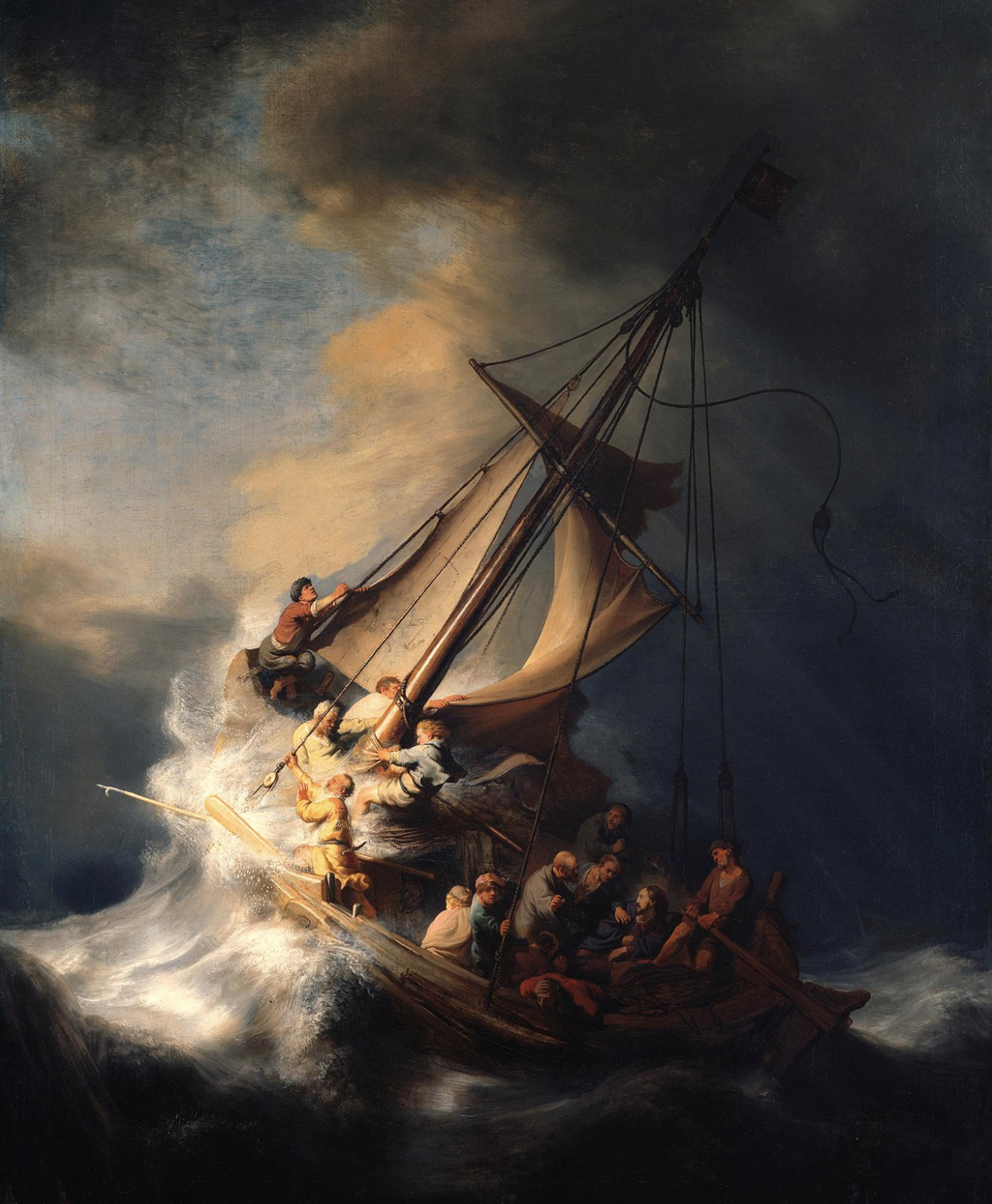
Pivotal Works
Throughout his career, Rembrandt produced approximately 300 paintings, 300 etchings, and 2,000 drawings. Some of his most celebrated pieces include:
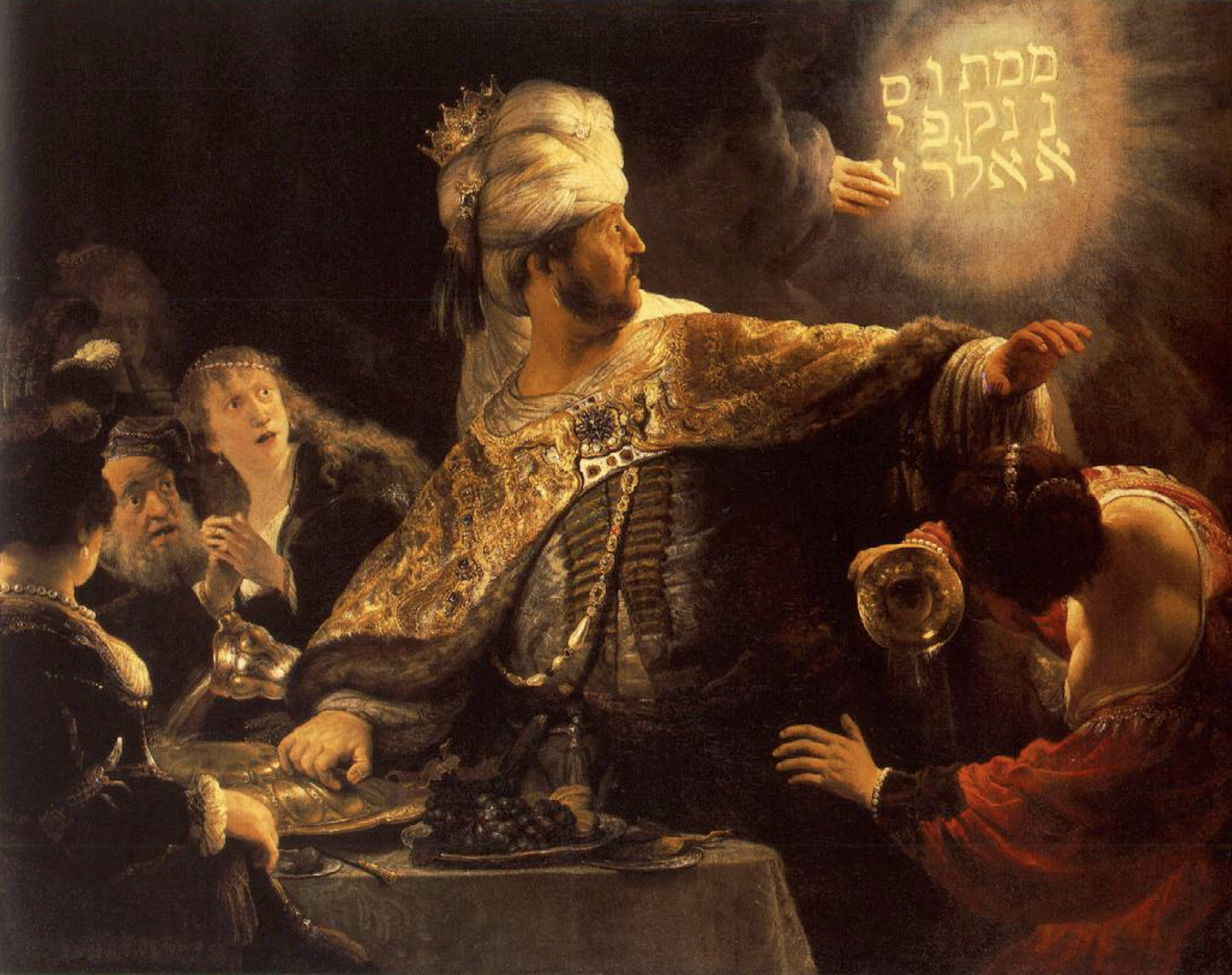
1. "The Night Watch" (1642) – Perhaps his most famous work, officially titled "Militia Company of District II under the Command of Captain Frans Banninck Cocq." This large and complex military group portrait is famous for its dramatic use of light and motion, depicted as though capturing a singular, dynamic moment.
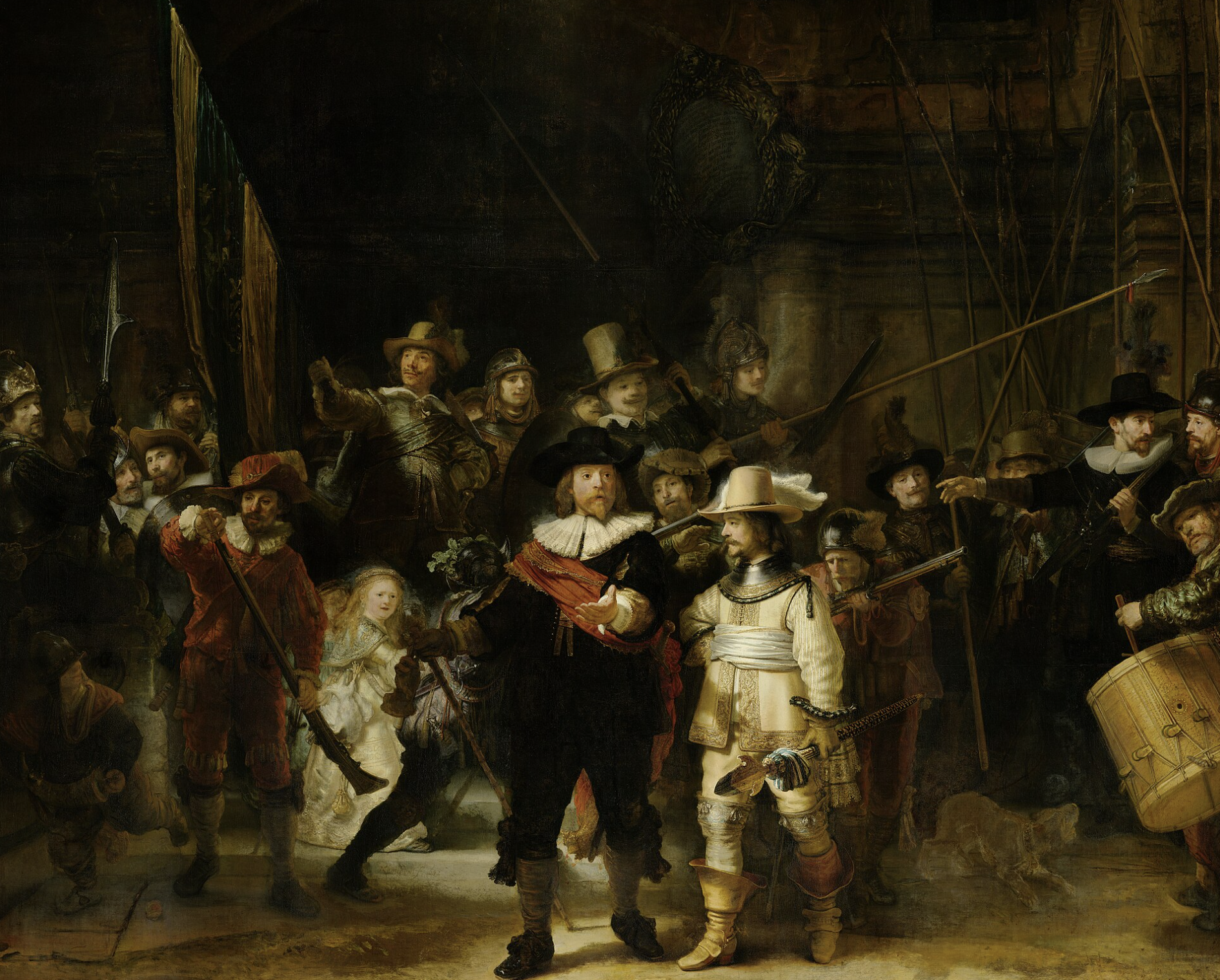
2. "The Anatomy Lesson of Dr. Nicolaes Tulp" (1632) – An example of Rembrandt's earlier work that displays his gift for composition and ability to infuse narrative into a seemingly ordinary event, transforming it into a captivating scene.

3. A series of self-portraits – Over the course of his life, Rembrandt created nearly a hundred self-portraits, which document his evolution as an artist and serve as an intimate look into his personal biography.
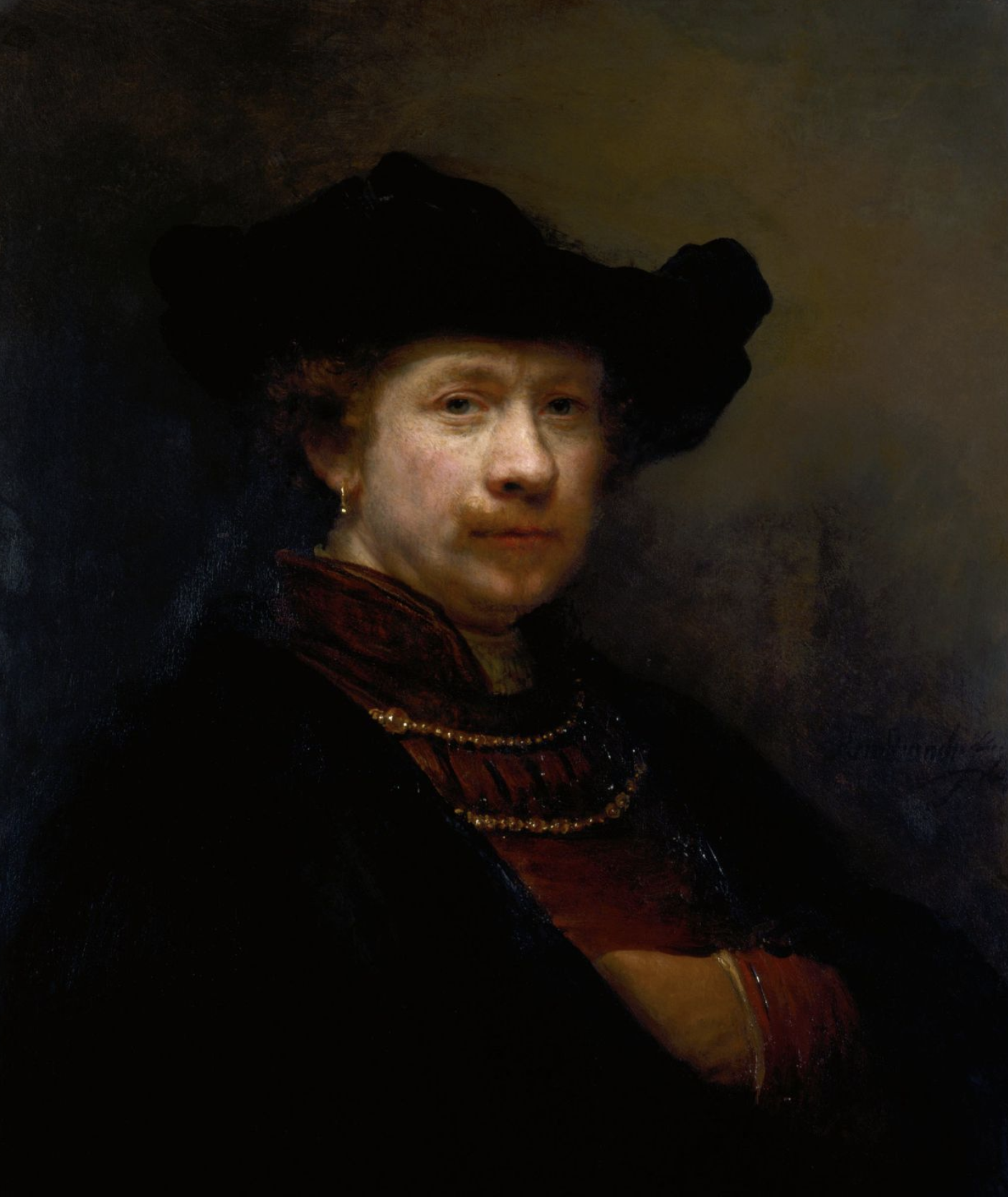
Personal Life and Later Years
Rembrandt's personal life was marked with both joy and tragedy. He married Saskia van Uylenburgh, who was often the subject of his works, in 1634. Her early death and the loss of three of their children deeply affected him. His later works reflect a somber, contemplative style, possibly mirroring his personal grief.
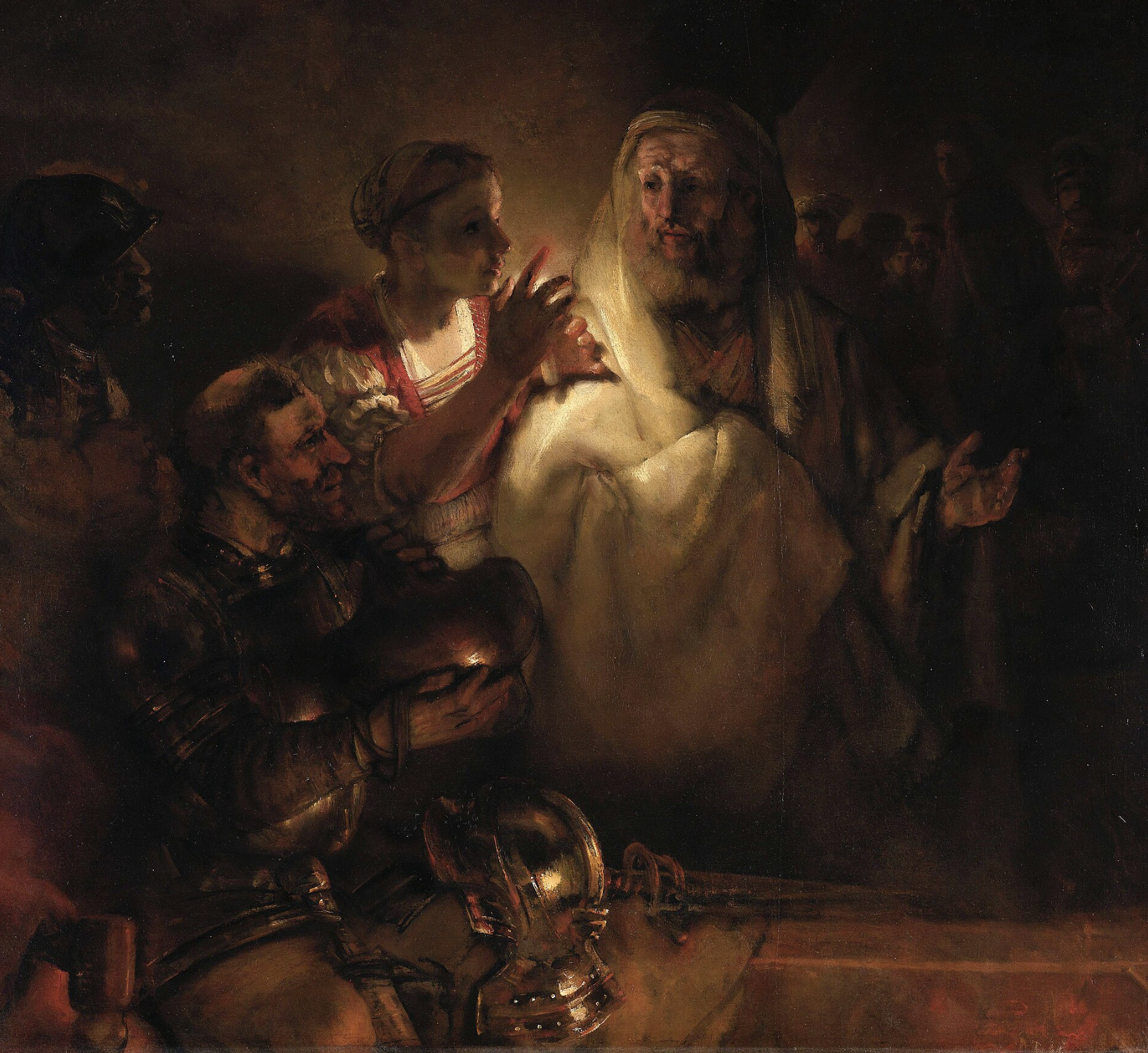
Financial difficulties plagued his later years, causing him to sell his house and many of his possessions. Nonetheless, Rembrandt's artistic output never waned. In his final years, he continued to produce profound works that reflected a deep understanding of the human condition.

Legacy
Rembrandt Harmenszoon van Rijn passed away on October 4, 1669, in Amsterdam. His influence persists to this day; his bold strokes, complex characters, and masterful use of light continue to resonate. Collectors and institutions prize his works, and his techniques are still studied and revered by artists and scholars.

Rembrandt's life and work are a testament to the timeless power of art to capture the complexity of the human spirit. His prolific contributions to the realm of realism, portraiture, and historical narrative have solidified his standing as an iconic figure in the history of Western art, an enduring master of light and shadow.